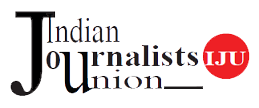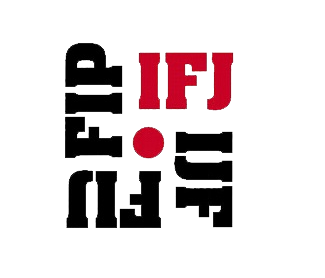~Geetartha Pathak
Despite global pressure on print media newspaper circulation is increasing in India and China. Audit Bureau of Circulation (ABC) of India reports that between 2006 and 2016 the average yearly increase in circulation of newspapers is about 5 per cent. According to the ABC, growing literacy and education level, economic development and increasing local content are the reasons behind the circulation boom in India.
Notwithstanding the internet service providing companies thrust to bring more people on the net, the growth of print media in India is spectacular. ABC forecasted that India's print media industry would be worth $ 6.7 billion. The argument forwarded by the publishers of the big newspapers that they cannot pay the journalists and other media workers at par with the Wage Board awards is absurd. However there is tremendous pressure from emerging new media on traditional media. Sales of newspapers rose in Latin America, Asia and the Middle East, but fell in other regions of the world, including Western Europe, where the proliferation of free dailies helped bolster overall circulation figures.
One of the issues is whether the newspaper industry is being hit by a cyclical crisis and will recover, or whether new technology will leave newspapers obsolete in conventional format. Television and the Internet both bring news to the consumers faster and more visually attractive way than newspapers. The impact of print media is limited for their physical format and their traditional manufacturing and distribution processes.
As their revenues have been strained the print media has also been increasingly assailed by other media taking away not only their readers, but their principal sources of revenue. Many of these emerging media are not constrained with trade unionism, printing machineries, distribution networks etc. Many of these competitors are simply aggregators of news often drawn from print media sources, but without print media's capitalintensive structure.
While television remains the main source of information for a majority of voters during elections, digital communication platforms have become prominent. New media have triggered changes in the campaign strategies of political parties and candidates; reshaped election media coverage; and influenced voter engagement. Realizing the importance of new media the ruling BJP has set up a social media front to mould opinion and motivate voters in elections in favour of the party. The Russian manipulation of election through spreading fake news and information in United States Presidential election in 2016 which is under FBI probe has become big controversy.
One of the ways the social media has transformed politics is the sheer speed at which news, poll results and rumours are shared. Whereas in the preinternet days, people had to wait for the next day newspaper or TV news show to get the latest information, online news is a 24x7 phenomenon.
The advantage of social media is that one does not have to browse news websites to get the latest trend in news; one is automatically updated when they spend their times more on Facebook, Twitter or other popular sites. Therefore we can get all the trending stories posted in the social media by our friends. Social media has made it easier to the people to interact with the politicians without taking the trouble of meeting them in a live event.
In the era of social media politicians can send their messages targeting definite group of people like the advertisers in Facebook where they use analytics and targeted advertising. Social media has made it difficult to differentiate truth with lies, rumours with facts. This disadvantage of social media is often advantage for the politicians in spreading fake news, rumours against their opponents.
The constant stream of memes, links and rumours about political leaders and candidates is a mixture of truth, lies, satire and speculation. It is so easy to be misled by misinformation posted by cyber army of digitally aggressive aspiring divisive political forces. Therefore we must double check the veracity of such contents before believing them. Young generation has almost abandoned reading newspapers. Newspaper readership is increasingly aging. The internet becomes one of the main sources for information. Online news readership is increasing as the newspaper readership is decreasing. With increase in aging readership the democratic values and awareness among citizens are weakening. New media highlight the famous politicians and their affairs. However print media traditionally has a different way of covering political affairs. Citizens who gain information from visual media about politicians and politics shape their opinion according to the outlook and images of the politicians created by the visual media. In the case of print media the algorithm of public opinion is analogous.
With social media sites overtaking electronic media as a source for news for new generation, news organizations have become increasingly reliant on social media platforms for generating traffic. A report by Reuters Institute for the Study of Journalism described how a 'second wave of disruption' had hit news organizations, with publishers having to employ large social media teams to optimize their posts and maximize traffic. Some of the major publishers now use advanced artificial intelligence technology to post stories more effectively and generate higher volumes of traffic.
All these efforts by the print media to effectively use the new media as a tool to boost its circulation and revenues have yielded some results. A WAN release shows that newspaper circulation and advertising are actually increasing. Free daily newspapers, noted the WAN, accounted for nearly 7% of all global newspaper circulation and a whopping 23% of European newspaper circulation. Of the world's 100 bestselling daily newspapers, 74 are published in Asia with China, Japan and India accounting for 62 of those.
The world is becoming more digital, but technology has helped newspapers as much as the Internet. Making those technological advancement work for them, instead of against them, will decide whether newspapers remain vital and survive the onslaught of information super highway.




